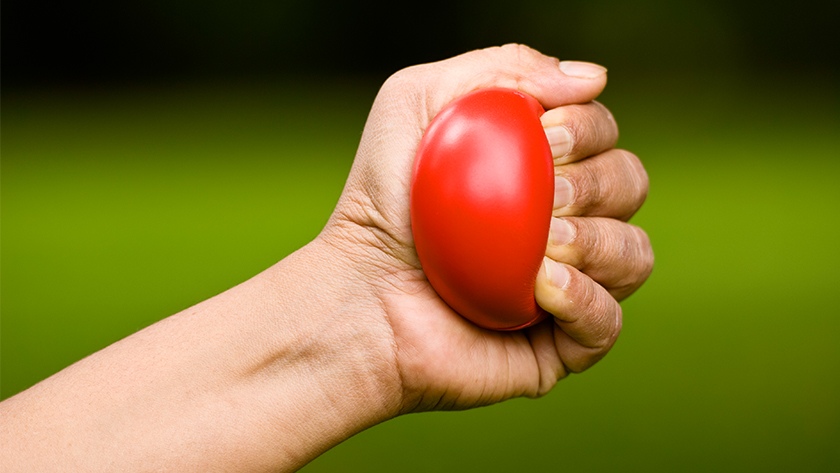
A team of researchers at the KITE Research Institute has re-envisioned how systems for upper limb rehabilitation can make use of brain-computer interfaces (BCIs). Drs. César Márquez-Chin and Milos Popovic with their former PhD student Dr. Lazar Jovanovic have created a platform called KITE-BCI that will enable the technology to be more practically deployed in rehabilitation clinics around the world.
Rehabilitation therapy following a stroke or spinal cord injury to restore function in paralyzed limbs often involves robotic or electrical stimulation devices to assist patients as they attempt movements. By building an association between a patient’s intentions and the physical movement of their muscles, these devices can help the patient’s nervous system ‘re-learn’ how to move the paralyzed limb.
However, this strategy relies on trained therapists to recognize when a patient is attempting to move their limb and subsequently trigger the assistance.
In contrast, BCI technology, which measures changes in brain activity, could be used to objectively and instantaneously recognize when a patient is attempting a movement.
“BCIs can detect a patient’s intention to move—in real-time—and then trigger our rehabilitation devices to respond automatically,” says Dr. Marquez-Chin. “This creates stronger associations between intention and muscle movement for the patient.”
Although BCI technology has been around for decades, two main problems have prevented its adoption in this setting: lengthy set-up times for each therapy session and difficulties in customizing the equipment to meet each patient’s unique rehabilitation needs. KITE-BCI has been specifically designed to overcome these issues.
“We addressed these problems by directly integrating BCI capabilities with electrical stimulation therapy to create an easy-to-use platform for upper limb rehabilitation that is highly adaptable across motions such as grasping or reaching,” says Dr. Popovic. The team re-engineered the system’s components to streamline the BCI measurements of brain activity and to consolidate processes for configuring the equipment that are normally repeated at each therapy session.
To evaluate the feasibility and benefits of the KITE-BCI system, the researchers tested it on patients recovering from spinal cord injury. Study participants tested different rehabilitation movements during multiple weekly sessions, with some participants completing up to 40 sessions in total.
The team found that KITE-BCI regularly needed about 11 minutes to set up, which is considered an acceptable time for most forms of technology-assisted rehabilitation. Unlike other BCI approaches, the quick set-up time left participants with plenty of time to practice movements during their hour-long therapy sessions. The study also revealed that the system could detect and respond to at least 70% of all movement attempts, regardless of the movement being practiced.
“In addition to needing to be practical, KITE-BCI must of course be effective in order to be a viable clinical therapy,” says Dr. Jovanovic. “We saw that most of our participants experienced significant improvements in upper limb function.”
This work was supported by the Ontario Neurotrauma Foundation, Praxis Spinal Cord Institute, the Morton Cure Paralysis Fund and UHN Foundation.
Jovanovic LI, Popovic MR, Marquez-Chin C. KITE-BCI: A brain-computer interface system for functional electrical stimulation therapy. J Spinal Cord Med. 2021. DOI: 10.1080/10790268.2021.1970895.

KITE Scientist Dr. César Márquez-Chin (left), KITE Senior Scientist and Institute Director Dr. Milos Popovic (right), and former PhD student Dr. Lazar Jovanovic (centre).




